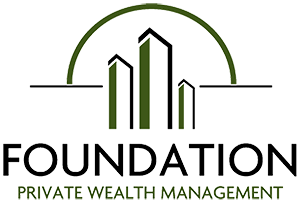How does a Disability Insurance Policy with an Own Occupation Rider benefit Professionals?
Submitted by Foundation Private Wealth Management on May 17th, 2011From years of training, acquired knowledge and experience, most professionals feel that they should be able to find alternative jobs in the event of disability. However, depending on the extent of the disability, it is unlikely that they would resume their previous career in the same capacity and would therefore see a (potentially sizeable) drop in their income. A properly implemented disability insurance policy can alleviate this concern.
Disability Insurance is designed to replace income in the event that the policyholder is no longer able to work. In most cases, the disability policy will cover up to 60% of the previous income earned by the policyholder. In the case of professionals who are typically earning higher incomes, a loss of 40% of their income could be quite significant.
To help offset some of the shortfall in income, the Own Occupation rider allows the insured professional to work in a different occupation while still receiving the disability benefits from the policy. Under a basic policy this would not be allowed, but the Own Occupation Rider modifies the definition of total disability so the insured will be considered to be totally disabled if he or she cannot return to his/her previous duties. This allows the professional to engage in another gainful occupation to help bring their income up to the same level it was prior to disability.
Here’s a small case study as an example:
Julie, a 40 year-old female dentist with income of $130,000/year, got into an accident that resulted in the loss of use of one of her hands. She has a disability insurance policy with the own occupation rider with a benefit start date after 90 days. At the 91st day, she starts to receive the monthly benefit amount from the policy, which amounts to roughly $4,000 or 60% of her previous income.
A year after the accident, she has now come to terms with the fact that she will not be able to go back practicing as a dentist. She wants to find something to do as she misses her working life and the interaction with patients and colleagues. Fortunately, she was a natural choice to work as the office manager at her old clinic as she already knows the office structure, the staff and the patients. Now that she’s back at work, she is earning income as an office manager while receiving her disability benefits. The combined income between the disability insurance and her employment as office manager amounts to approximately the same amount she was earning prior to the accident.
It should be noted that any professional seeking the Own Occupation Rider on their disability insurance should consult with their insurance advisor before applying for the policy, as the definition of the rider varies from carrier to carrier.

